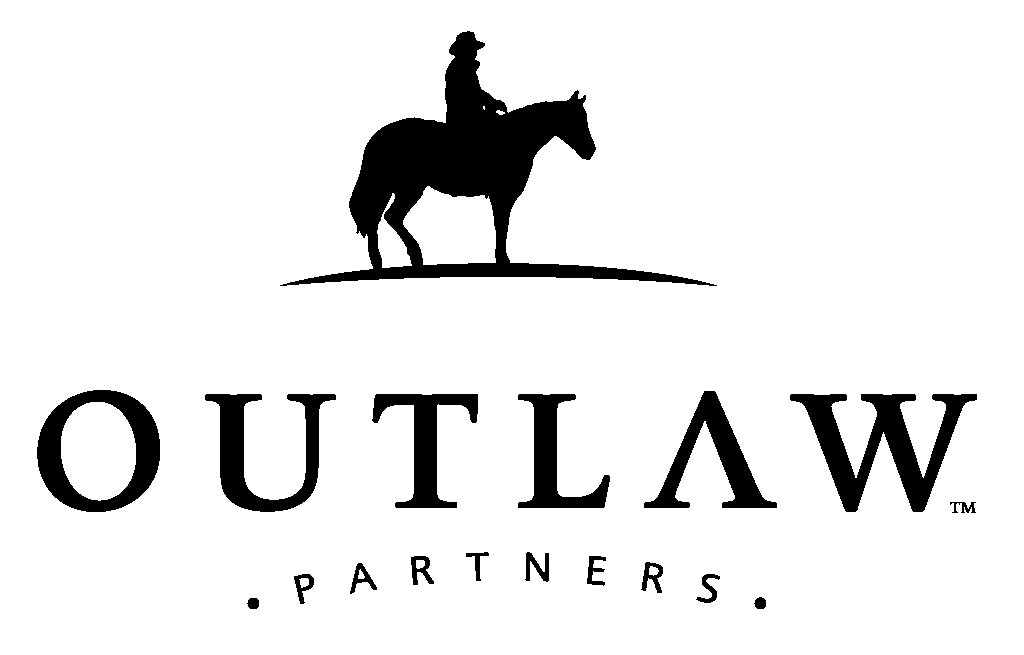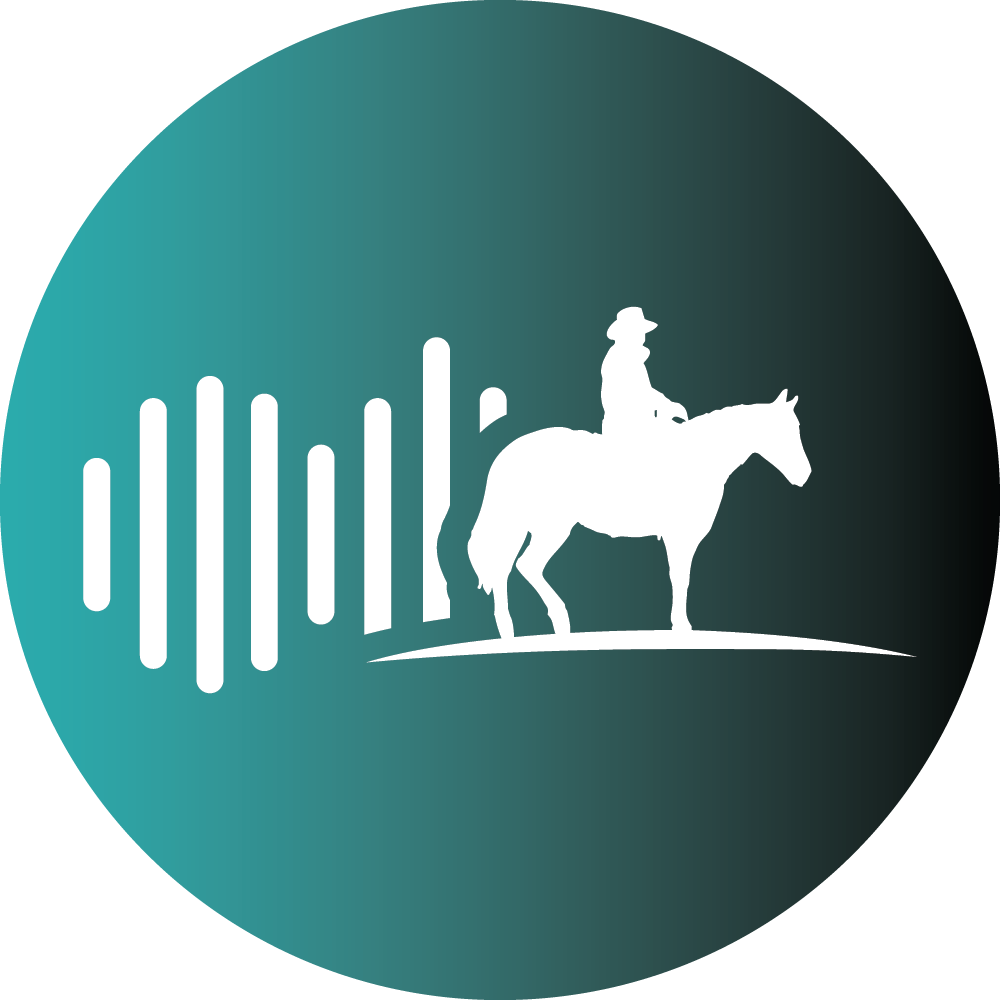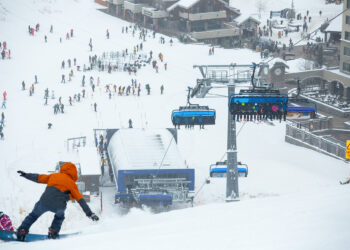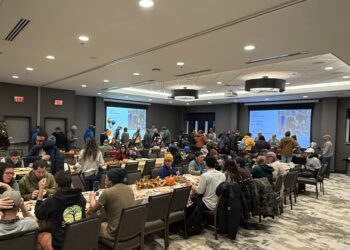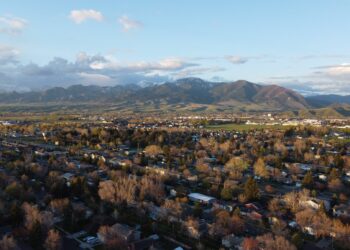Hosted by Outlaw Partners, the event gathered eight regional nonprofits for “real conversations” to influence new and existing legislation
By Leslie Kilgore LOCAL JOURNALIST
On April 24, a group of Montana’s leading conservation organizations met with U.S. Rep. Ryan Zinke, alongside Senior Advisor John Bockmier, State Director Steve Howke and Chief of Staff Heather Swift, to review ongoing projects and align on new and existing strategies that impact the state and Greater Yellowstone Ecosystem.
Hosted by Outlaw Partners, publisher of Explore Big Sky, the roundtable in downtown Bozeman brought together representatives from the Greater Yellowstone Coalition, the Property and Environment Research Center, Wild Montana, Gallatin Valley Land Trust, Center for Large Landscape Conservation, American Rivers, Gallatin River Task Force and the Theodore Roosevelt Conservation Partnership.
“Today represents something we don’t see enough of in today’s world,” said Eric Ladd, founder and chairman of Outlaw Partners. “People with different, sometimes perceived different perspectives—such as respected conservation organizations, to incredible federal leadership—coming together for real conversations.”
The agenda included updates on habitat protection, water and wildlife projects and discussions on current efforts to influence new and existing legislation.
Rep. Zinke previewed the Public Lands in Public Hands Act, which could block large-scale transfers or sales of federal lands without congress’s approval. He stated that the bill could protect 30 million acres from being sold, emphasizing that he is “staunchly against selling, buying or transferring public lands.” He noted that Montana’s economy and culture are built on public lands, urging the government to take responsibility for managing and ensuring access.
“If there’s one thing I learned as a Navy SEAL, is that you’ve got to go to the front line,” said Rep. Zinke, referring to his time in the service. “Your organizations are on the front line.”
After the press briefing and introductions, each organization shared highlights of recent work they’ve conducted in their communities, reporting on a range of local and regional projects.
Scott Bosse, Northern Rockies regional director for American Rivers, reviewed progress on the Montana Headwaters Legacy Act, which aims to permanently protect the Gallatin, Madison and Yellowstone rivers. Most are in support of the bill, explained Bosse, with a 90% approval rating in Gallatin and Madison counties. Katie Deuel, senior conservation director for Center for Large Landscape Conservation, highlighted its role in supporting the proposed wildlife overpass on U.S. Highway 191 near Gallatin Canyon, as well as a feasibility study that identified 11 priority sites along the busy freeway for animal crossing pinch points.

“U.S. Highway 89 in Paradise Valley and Highway 191 in Gallatin Canyon are two of the biggest habitat fragmentation forces on this landscape, and these roads are only getting busier,” said Deuel. “CLLC has been working with all types of partners … to conserve connectivity and wildlife movement and ecosystems in these valleys.”
Gallatin River Task Force Chief Executive and Science Officer, Kristin Gardner spoke about the importance of the Gallatin River to the local economy, wildlife and ecosystem, and the growing threat of algae impairment, first identified in 2018. To address the river’s “impaired” status, one of GRTF’s projects has been to collect critical data.

“In 2025, will be the last year of data collection and unfortunately the DEQ right now is not receiving their payment for this project,” Gardner said, emphasizing the importance of this continued funding. “So we’re uncertain if we’re going to be able to do the monitoring in 2025. Over 60% of the DEQ’s budget is from the federal government. And we really don’t want to see a delay in this project.”
Gardner also highlighted recent projects as a part of GRTF’s Gallatin River Access Restoration Strategy such as the Upper Deer Creek fishing access site, as well as the Big Sky Watershed Corps Program, which has provided over 300,000 hours of AmeriCorps work hours in the last five years on vital stewardship projects along the watershed. She urged those in attendance to advocate for these programs at a federal level.
Executive Director Chet Work of Gallatin Valley Land Trust described new conservation easements the organization has achieved, and urged the congressman to support incentives for private landowners to work with the land trust in order to preserve critical agricultural lands and soil.
“In the last 35 years, we’ve been able to conserve, as I mentioned, 73,000 acres, in the same time period almost 200,000 acres of private land has been either converted or subdivided into three counties that we serve,” Work said. “They are moving a lot faster than we are, so we need to be strategic with the land that we protect.”
Ryan Chapin, Montana field director for the Theodore Roosevelt Conservation Partnership shared its current efforts in maintaining public lands for hunting and angling, and the support of Rep. Zinke’s January 2025 introduction to the Wildlife Movement Through Partnerships Act in Congress.
Greater Yellowstone Coalition’s Charles Drimal, director of conservation, and Sally Schrank, Montana conservation manager, addressed the importance of healthy rivers and public lands in preserving three of Montana’s most important industries: outdoor recreation, tourism and agriculture.
The Property and Environment Research Center’s Executive Director Brian Yablonski joined the forum, reflecting on the importance of preserving the national parks in Montana and around the country with improved infrastructure through funds raised by increasing entrance fees for international visitors.
Wild Montana Executive Director John Todd concluded the collaborative presentations by sharing updates on their continued efforts with the Blackfoot Clearwater Stewardship Act and the Lincoln Prosperity Proposal.
Participants not only sought common ground in protecting habitats and public land access in Montana, but several speakers noted that Montana has a history of coalition-building and non-partisan collaborations.
“Today is going to kick off some monumental things,” said Ladd. “We’re going to look back at a meeting that we had in Bozeman years ago, and something really incredible happened here. By you all being really vulnerable and being willing to listen to each other and have civil conversations, but to do it in Montana, and I think that just makes a huge difference.”
Rep. Zinke’s team and participating conservationists viewed the meeting as a chance to coordinate regionally on issues they all care about as Montana residents, such as wildlife corridors, water quality, public recreation, development, tourism and preserving Montana’s quality of life.

Rep. Zinke also mentioned the importance of Montana’s leading recreation, sportsmen and conservation organizations to influence conservation policy.
“Great information,” Zinke said after the speakers concluded. “We’ll digest it; we’ll give you some feedback. I think there’s a lot of important things in there. But I think the biggest thing is that among us, I think we can work together to make sure we can reach some goals, and the goals are better management and to preserve what we really enjoy about Montana.”
Looking ahead, participants agreed that collaboration will be key. In their session, groups planned follow-ups on shared goals and collaborations. With broad support for particular bills, advocates pledged to support Zinke and other lawmakers in moving legislation forward in Congress.
As several conservation leaders noted, protecting Montana’s public lands, wildlife and waterways is paramount and will take cooperation across different constituencies to ensure that outcome. Group members left the meeting citing a spirit of unity.
“We all live in Montana, and I think we all look at Montana in the same lens,” said Rep. Zinke. “There’s a reason why we’re here. We can manage it better, but I think we should manage it together as much as possible.”



